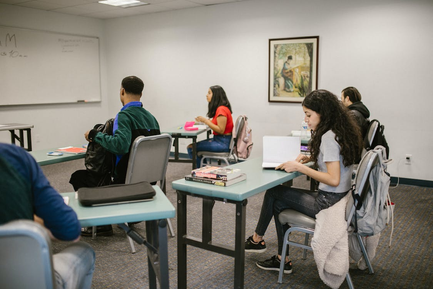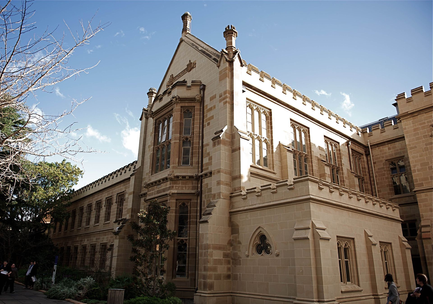Where to get a free education
The following table shows living expenses in countries with free education and the average salaries of university graduates.
| Country | Living expenses per month | Salary per month | Visa requirement per year | Top 500 universities (QS) |
|---|
| Germany | 1,504 USD | 2,928 USD | 11,670 USD | 38 |
| Finland | 1,584 USD | 2,903 USD | 7,588 USD | 7 |
| Argentina | 648 USD | 488 USD | - | 5 |
| Norway | 2,142 USD | 3,833 USD | 13,755 USD | 4 |
| Poland | 658 USD | 932 USD | 4,504 USD | 4 |
Czech Republic | 1,107 USD | 1,266 USD | 4,585-5,731 USD | 1 |
| Estonia | 588 USD | 1,335 USD | 6,877 USD | 1 |
| Greece | 523 USD | 829 USD | 5,631 USD | 1 |
In Germany, it is believed that education should be accessible to everyone, and is thus paid for by the state[2]. There are exceptions only at private universities, in some specialized master's programs and in Baden-Württemberg.
-
Universities charge a student fee of 185-810 USD
-
There are 117 English-language bachelor’s programs, and 830 master’s programs
-
Foreign students are allowed to combine their studies with work (20 hours a week)
-
Foreign students are required to have health insurance, which costs 90-110 USD[3]
-
After graduating, you can stay in the country for 18 months to look for work[4]
In Finland, education for foreigners has been paid since 2016, but that is an exception for those who know Finnish or Swedish[5]. In English, free education is only available for doctorate programs.
-
Students can work 25 hours a week, but they will not be able to find a job without knowing the Finnish language.
-
Many universities conduct entrance examinations.
-
In addition to hostels, it is common to find student apartments which cost 180-430 USD.
-
After graduation, you can stay in the country for a year to look for work.
In Argentina, education is free only for bachelor’s programs. However, master's programs are very cheap — from 200 USD per year.
-
Instead of entrance exams, you need to pass an annual preparatory program.
-
There are no work restrictions for students.
-
It is possible to apply for citizenship after two years of residence in the country.
In Norway, the standard of living is very expensive, but education is free at every level. However, universities do not offer scholarships that could compensate for living expenses[3]. Most often, they only offer exchange programs.
-
It is impossible to enter a university after the eleventh grade, you need to complete a preparatory program or the first year of the university in your home country.
-
There are only 27 English-language bachelor’s programs.
-
A student visa is not issued for taking language courses at universities[6].
In the Czech Republic, if you know the local language, you can study for free at all levels.
-
To enter the country, you need to pass two exams: language and field of study.
-
Student benefits and insurance are not available to people over 26.
-
Students have no restrictions on working hours.
-
After graduation, students have nine months to find a job.
In Poland, foreigners with a certificate indicating a B2 language proficiency can study without payment. Universities have language courses that will improve your chances of admission, but cost 3,439 USD per year.
-
There is low competition among university entrants.
-
You have nine months to look for a job after graduation.
In Estonia, programs in the local language are free. But if you fail to cope with the workload (less than 75% of students pass the courses), education will become paid.
-
Language courses cost 1,375 USD/per year.
-
A visa is valid for nine months after graduation.
-
There are no restrictions on working hours for students.
In Greece, education is free in the local language. However, you must take a mandatory language course before or after admission to a university. The course costs 930 USD per year.
-
For admission, only a high GPA is required.
-
Students receive benefits for all types of transportation, theater, cinema, concerts, as well as free meals at university cafeterias.
-
Few dorm rooms are available. The average price for renting an apartment in Athens is 283-397 USD/month.
Universities with free tuition













